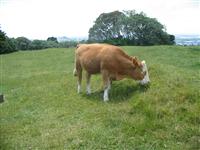
Learn to farm a dairy cattle more successfully
This is a very practical foundation course; providing unique and extensive support from university qualified and industry experienced experts.
If you want to learn about dairy cattle and their management, this is the course for you.